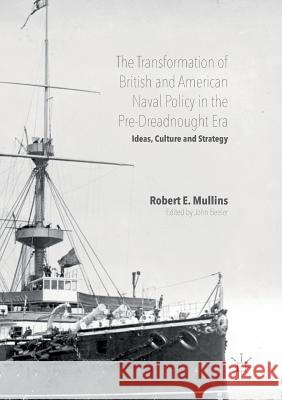The Transformation of British and American Naval Policy in the Pre-Dreadnought Era: Ideas, Culture and Strategy » książka
topmenu
The Transformation of British and American Naval Policy in the Pre-Dreadnought Era: Ideas, Culture and Strategy
ISBN-13: 9783319811819 / Angielski / Miękka / 2018 / 328 str.
The Transformation of British and American Naval Policy in the Pre-Dreadnought Era: Ideas, Culture and Strategy
ISBN-13: 9783319811819 / Angielski / Miękka / 2018 / 328 str.
cena 443,82 zł
(netto: 422,69 VAT: 5%)
Najniższa cena z 30 dni: 424,07 zł
(netto: 422,69 VAT: 5%)
Najniższa cena z 30 dni: 424,07 zł
Termin realizacji zamówienia:
ok. 22 dni roboczych
Bez gwarancji dostawy przed świętami
ok. 22 dni roboczych
Bez gwarancji dostawy przed świętami
Darmowa dostawa!
Kategorie BISAC:
Wydawca:
Palgrave MacMillan
Język:
Angielski
ISBN-13:
9783319811819
Rok wydania:
2018
Wydanie:
Softcover Repri
Ilość stron:
328
Waga:
0.42 kg
Wymiary:
21.01 x 14.81 x 1.88
Oprawa:
Miękka
Wolumenów:
01
Dodatkowe informacje:
Wydanie ilustrowane











